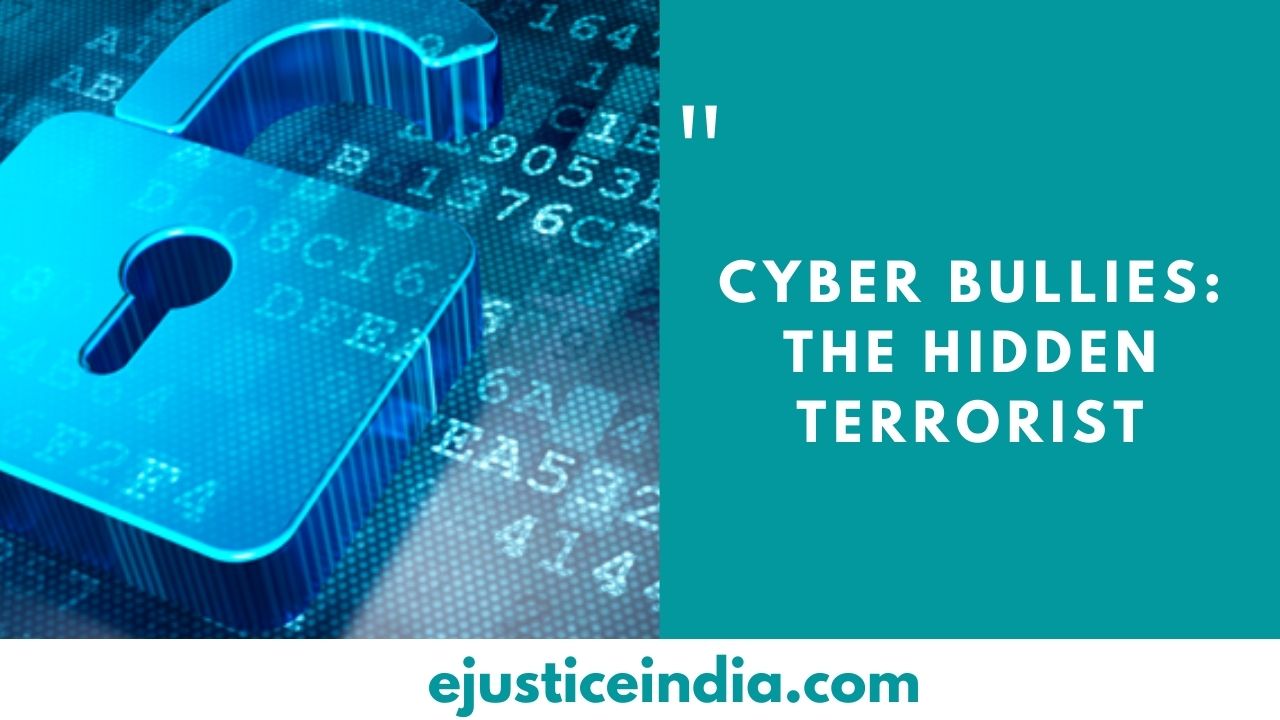A CRITICAL APPRAISAL OF THE PROCEDURE FOR REMOVAL OF A COMPANY DIRECTORS UNDER NIGERIAN LAW
Author: John Avoseh (Nigerian Law School)
A director is a person duly appointed by the Company to direct and manage the business of the Company. The removal of director of a Company is generally governed by the Article of Association of the Company. The provisions of the Companies and Allied Matters Act will only applicable in the Absence of any provisions for the removal of a Directors in the Article of Association of a company.
A director may be removed at any time before the expiration of his period of office, notwithstanding anything in the Company’s Article of Association, contract of employment or any agreement between the Company and the Director as provided for in Section 288(1) of the Companies and Allied Matters Act 2020. The power to remove a Director may even be vested in an individual by the Article of Association and such power will be duly enforceable even where the holder is not a member of the Company.
The steps and procedure as provided under the relevant law for the removal of a company Director whether owned by the Government or not is regulated by provision of Section 288 of the Companies and Allied Matters Act 2020.
The Procedure are as follows:
- A Shareholders desirous to remove a director of a Company shall send a SPECIAL NOTICE (usually 28days length) to the Company.
- The Company Secretary upon receipt of the Special Notice is to send a copy of the Notice to the director concerned.
- The Director concerned is to make representation in writing as to his defence on the grounds on which he is sought to be removed or if he failed to, he is to be allowed to be heard at the meeting of the Company where he is be removed.
- The Directors through the Company Secretary are to issue a Notice of General Meeting at least 21days before the date of the Meeting to all members of the Company. This Notice will be accompanied by the representation if any made by the director concerned.
- At the General Meeting, the company must give right of audience to the Director concerned read his representation if any to members in the meeting so as to cover up any flaw or default on the part of the Company if they have not successfully delivered this representation to any member of the Company present in the meeting.
- The Company is then to pass an ORDINARY RESOLUTION removing the Director, which is passed by a Simple Majority of votes cast in the General Meeting.
- Upon the successful removal of the Director, the Company is to notify the Corporate Affairs Commission (CAC) of this removal by filing Form CAC 7A, which must be done within 14days of the removal
- The Company is to make the changes in its Register of Directors and Secretary
In IWUCHUKWU V. NWIZU (1994) 7 NWLR Pt. 357 P. 379. The appellant was employed as a Special Assistant to the Managing Director. Later that year, he was appointed to the Board of Directors with additional entitlements. The letter of appointment stated that “The Company in its best interest reserves the right, at all times, to determine the continuity of the directorship of any member of the board”.
He was subsequently appointed as an Executive Director and in the following year appointed as a director of a subsidiary of the company. A paragraph in the formal letter of re-assignment stated: “As a result of this reassignment, your executive directorship and Board Membership in Dave Engineering Co. Limited are hereby terminated ……..”No meeting was held, and no ordinary resolution was passed. Matters deteriorated between the parties and culminated in a letter terminating the Appellant’s employment with the original company. The Appellant commenced an action challenging the validity of his removal as executive director and sought an order mandating the restoration of the entitlements due to him as a (executive) director.
The trial court upheld the claim, that his removal did not follow the procedure set out in Section 175 of the Companies Decree 1968 (Now Section 288 of the Companies and Allied Matters Act 2020). On appeal, the Court of Appeal upheld the Respondents appeal. The Supreme Court, however, reversed this decision and held that while the appointment of the Appellant as a Special Assistant could be lawfully terminated in the manner stated in his contract of employment, same cannot extend to his appointment as a director and held that removal from office of a director is governed by a procedure and the Respondents were unable to substantiate that a special meeting was held as there was no proof that a notice of the meeting was issued and served on the Appellant. In CADBURY NGERIA PLC. V ONI (2012) LPELR – 19821 (CA), Mr. Oni was at the material time the Managing Director and CEO of Cadbury Nigeria Plc. (‘Cadbury’). By a letter of December 11, 2006, Mr. Oni was summarily dismissed on account of a judgment exercised by the management of the company in the face of a design and production crisis which challenged the company between 2002 and 2003.
Mr. Oni challenged his dismissal. According to him, no valid meeting of the Directors of Cadbury was held at which the decision contained in the letter referred to above was taken and he did not receive notice of the relevant Board Meeting.
He sought several reliefs, including that his dismissal be declared as wrongful, unlawful and a repudiatory breach of his contract of employment. The learned trial judge (Phillips J. later CJ) granted the relief. Cadbury appealed the decision. The Court of Appeal held that Cadbury was in breach of its Articles of Association with respect to removal of directors, the contents of which are impari materia with the provisions of Section 262 of CAMA (288 of CAMA 2020). The Court held further that it is not the requirement of the law that such director about to be removed must be present at the meeting as he may receive the notice and refuse to show up at the meeting.
Also in BERNARD LONGE V FIRST BANK NIGERIA PLC (2010) 6 NWLR (Pt. 1189). Mr. Longe is a banker was appointed by First Bank Nigeria Plc. in 1963. He was promoted to the position of Managing Director/ CEO in July 2000. He has many achievements under his belt at First Bank Plc. He masterminded the introduction and implementation of the first international money transfer system in Nigeria, and oversaw the crafting and implementation of the Enterprise Transformation project, “Century II” and stewarded the “Century II the New Frontier” project. He was chief operating officer of Dangote Group of Companies and a Group Managing Director and chief Executive officer of Transnational Corporation of Nigeria plc. He is now Non-Executive Director of in South Atlantic petroleum (SAPETRO), a Nigerian oil and gas company with an interest in deep water OML 130 OPL 246, a 100% operating interest in the Seme oilfield, offshore the Republic of Benin and, in East Africa, majority operating interest in two adjacent deep-water blocks in the Mozambique Channel; the Juan de Nova permit area located in a French overseas territory, and Belo Profond permit in Madagascar.
The allegation against Mr. Longe was that he had been negligent or reckless in the manner he granted an authorized loan to a company called investors international (London) Ltd for the acquisition of shares in NITEL. The Bank purportedly called for a board meeting (without giving Mr. Longe notice as a Director) in which he was removed from office. The Court was of the opinion that Mr. Longe was sacked without notification and ruled that the Board of Directors was wrongly to have held a meeting where he was sacked without complied with the provisions of section 262 of the Companies and Allied Matter Act 1990, (Now Section 288 of the Companies and Allied Matters Act 2020). The Supreme Court held that the removal of director was not complied with the relevant laws and thereby ruled that any decisions taken at the meeting was illegal and null and void.
Conclusion
It is mandatory that the procedure for removal of directors in any company in Nigeria either private or public company is statutory, crucial and must be complied with stricto sensu otherwise such removal of a director will be null and void. This means all the processes and steps provided hereinafter by the relevant law must be complied with, otherwise such purported removal will be void and set aside.


